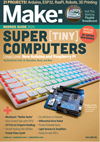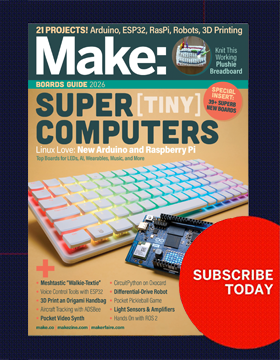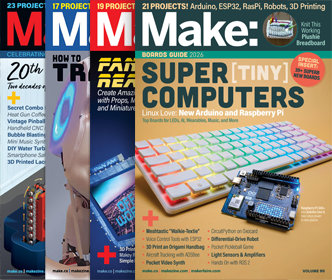DIY Projection Screen Paint Tests
Movie theater and other high quality screens are often surfaced with tiny glass beads to provide high “screen gain,” which is a measure of the screen’s reflectivity versus a reference surface. It occurred to me it might be possible to DIY this effect on the cheap using 80-grit glass bead sandblasting media from Harbor Freight. So I bought 25 lbs and ran some tests. The short version? It works! But, as usual, not quite like I expected it to. Keep reading for all the gritty (ha) details, or just hang tight and wait for the full tutorial, coming soon!








